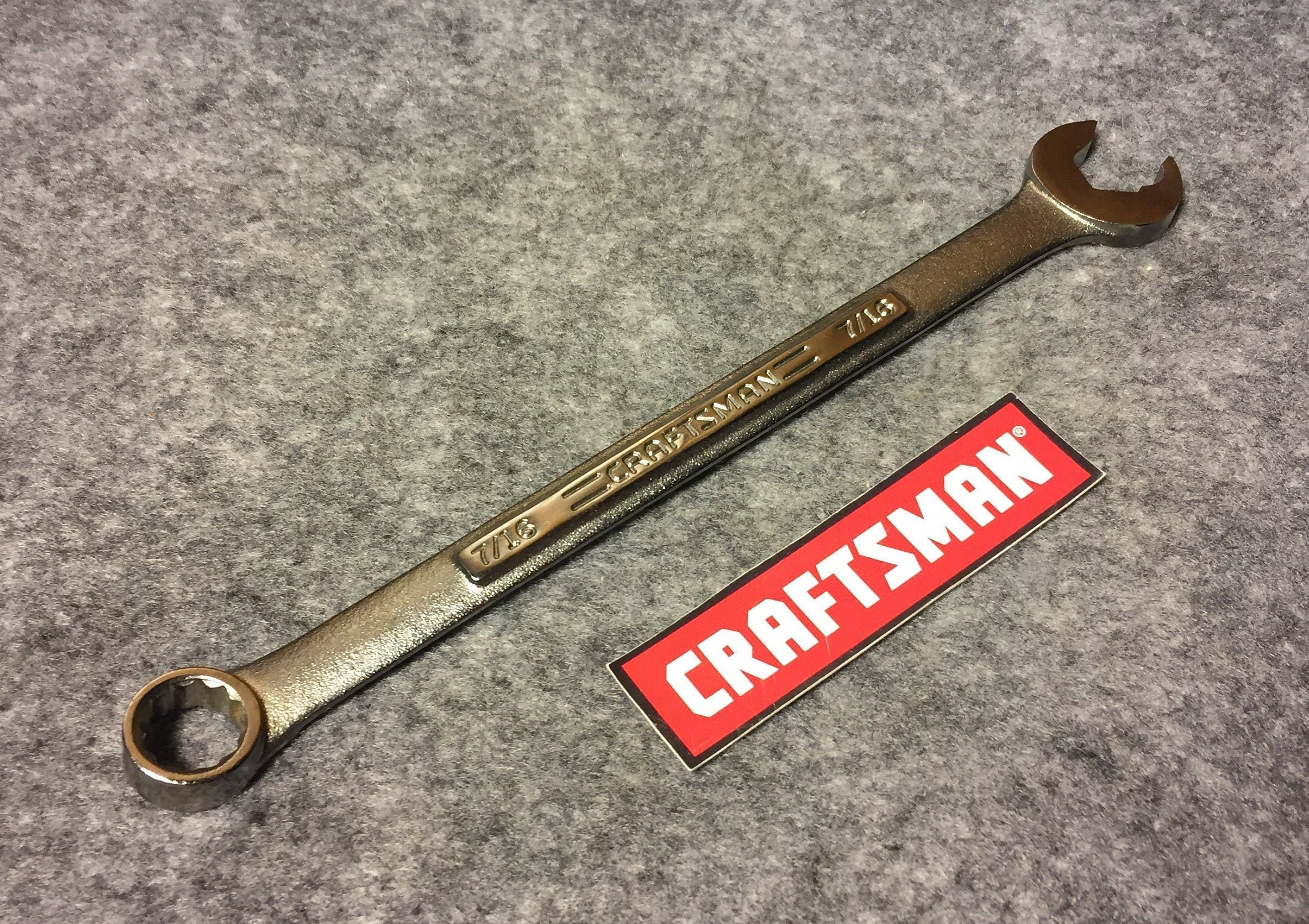
I brought in my 4-1/4' angle grinder with a knotted wire wheel but I'm reconsidering how aggressive that might be since it's not a variable speed grinder. I finished up with red scotchbright under the ROS. Then I used some liquid wrench (an old can I'm trying to waste) and some 2 aught steel wool under the ROS pad to polish it some and then went over that again with 4 aught. Then moved to 220 and went over it again. It did OK but i was worried about maintaining the sharp corners of the miter slots so I did the edges with the osculating tool and the triangular sander. So I waited for my new Christmas presents to arrive- two Dewalt tools a osculating tool and a random orbital sander. My initial go-to was a hand held wire brush, that barely removed any rust or gunk so I goofed out of impatience and grabbed a roloc medium grit 2" wheel on a die grinder (the picture shows that result). I might have started off wrong but it's cast iron, it'll still do what it's supposed to do. It also has some very slight pitting but nothing to worry about. I don't think this saw spent a great deal of time outside but it was outside when I bought it and had a good surface rust going. If the surface has lived out doors under a maple or pine tree for 8 years and is covered in pitch, sap, rust and beer can rings or was it just sitting in an unheated garage or barn with just some surface rust and grime. In the end, it matters what you started with. I just carefully scrape the rust off the thing and start scrubbing a WD-40 soaked top with the green scrubbie. A roll of paper towels or some rags, a razor scraper, WD-40, green and red scotch-brite and just occasionally naval jelly and a bit of water if that particular surface has a lot of staining and I think it will help. These days there are just a few things on the bench when I clean something cast. A good clean top is a satisfying result, so there's that. I don't love doing them to be sure but I approach it as just another job and get to work. The first change I made was not "dreading" the work. My process has simplified to tell the truth. That particular top is "good enough" or at least as good as I am going to make it. Not trying to remove any more on this particular top. If you look at post 418 in this thread you can see some staining in the lower center/left quarter of the saw top. After all, the few recent ones I have done are 60+ years old. Well, there is rust, pitting and staining. Get it set up for your own particular needs and space available. Just putting the saw into service is good enough and should be very satisfying.

I am cleaning a band saw top from a 103.24280 now and it has them.Īnyway how your deal with them and what you think of them is up to you. I have had a few band saw tops that had them. I don't remember my contractor saws having them nor does either of these floor saws. So, my experience is limited to those pieces. I have cleaned maybe 10-12 pieces of cast iron machined surfaces between table saws, band saws, drill presses, table saw extensions, router extension, etc over the years. I expect there are purist out there that would be critical of the machining and consider it less than finished. Not so much so that I would seek them out but it just illustrates, to me anyway, that the top is little used and little worn.

Well, truth be told I find those swirl's, at some level, desirable. I'm thinking that will be mostly taken apart. I just need to get enough off of it so I can get it in the basement on my own. Next question is taking one apart a problem? My initial question is does anyone know what rhyme or reason Craftsman/Sears had with this model numbering system? I can cut and bang sticks together and make it strong, but making it nice and pretty is not in my bag of tricks. I want to stress that I am in no way a qualified or talented carpenter, I built concrete forms for walls, tanks, and bridges for over 20 years (the early years were made by 2x's and plywood, bridge beams were always done the same way. But I don't work at that company any more.

I'd always had access to a complete wood shop through work. The main problem I can see.I've never owned a TS of my own in my life. But it turns smoothly and doesn't seem to have any wobbles anywhere. I'm reasonably certain I paid too much because it's spent a good amount of time out in the weather and is fairly covered in rust. I picked it up seemingly complete off an online auction for $40. I have a 113.298150 that I need to take apart and get in the basement.


 0 kommentar(er)
0 kommentar(er)
